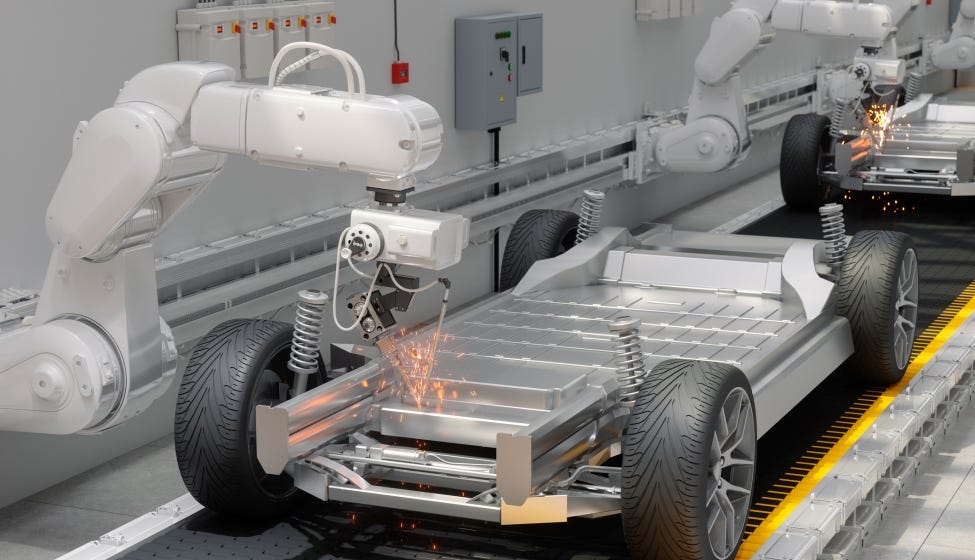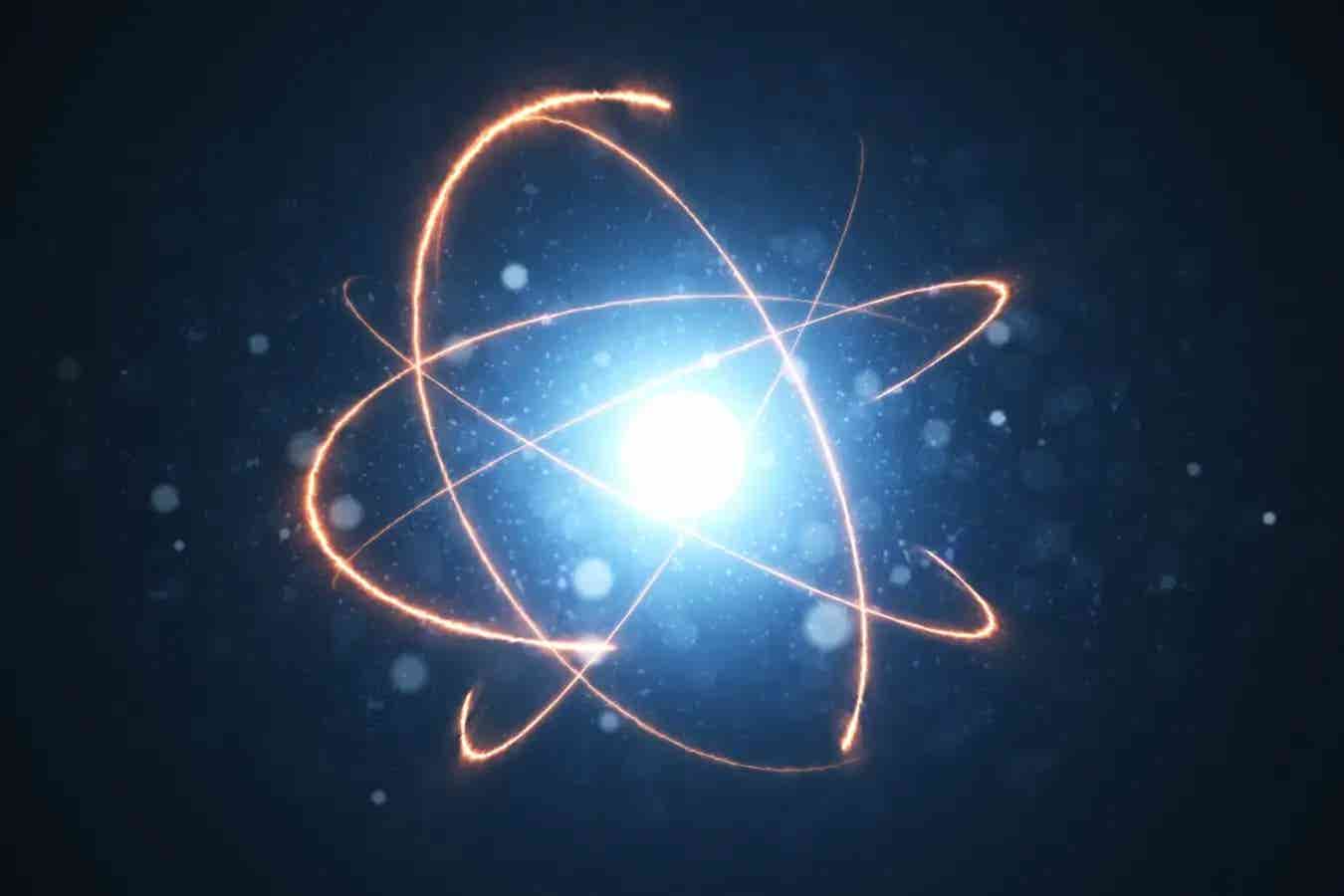EV battery breakthrough doubles range to 700 miles on a single charge
The Achilles’ heel of lithium metal batteries lies in their rapid loss of energy storage capacity after just a few cycles of charging

Stanford scientists have unveiled a breakthrough in lithium metal battery technology that could pave the way for cars to travel 500 to 700 miles on a single charge. (CREDIT: Getty Images)
Stanford scientists have unveiled a breakthrough in lithium metal battery technology that could pave the way for cars to travel 500 to 700 miles on a single charge, effectively doubling the range of today's conventional lithium-ion batteries.
However, while the promise is tantalizing, the journey towards realizing this potential hasn't been without its obstacles.
The Achilles' heel of lithium metal batteries lies in their rapid loss of energy storage capacity after just a few cycles of charging and discharging. This drawback is highly inconvenient for drivers who rely on rechargeable electric cars to sustain years of operation.
In the pursuit of enhancing battery longevity, researchers at Stanford University have made a significant stride forward, offering a simple yet effective solution.
Related Stories:
Wenbo Zhang, a PhD student in materials science and engineering at Stanford and co-lead author of the study, elucidated their approach: "We were looking for the easiest, cheapest, and fastest way to improve lithium metal cycling life."
Their discovery, detailed in a study published in the journal Nature, involves draining the battery and allowing it to rest for several hours. This seemingly straightforward method proved to be remarkably effective, rejuvenating battery capacity and enhancing overall performance without necessitating costly equipment or material alterations.
Senior author Yi Cui, a prominent figure in materials science and engineering, emphasized the practical implications of their findings for EV manufacturers. "Our results can provide practical insights for adapting lithium metal technology to real-world driving conditions," Cui remarked.
Indeed, the significance of this advancement cannot be overstated as it lays the groundwork for the widespread commercial adoption of lithium metal batteries, potentially revolutionizing the EV landscape.
Technically, it's essential to distinguish between lithium metal and lithium-ion battery technologies. Traditional lithium-ion batteries feature graphite anodes and lithium metal oxide cathodes, separated by an electrolyte medium that facilitates the transfer of lithium ions. Conversely, lithium metal batteries replace the graphite anode with electroplated lithium metal, effectively doubling the energy storage capacity in the same volume.
Philaphon Sayavong, a PhD student in chemistry and co-lead author of the study, elucidated the significance of this substitution: "A car equipped with a lithium metal battery would have twice the range of a lithium-ion vehicle of equal size." This leap in efficiency could potentially eradicate range anxiety among drivers hesitant to embrace EVs. However, the rapid degradation of lithium metal batteries due to continuous cycling poses a formidable challenge, threatening to undermine their viability for widespread adoption.
Magnified image of a copper mesh from a lithium metal battery in the discharged state. Tiny pieces of dead lithium of various sizes and shapes are deposited on square openings in the mesh. (CREDIT: Wenbo Zhang/Stanford University)
The key culprit behind this degradation lies in the formation of a solid electrolyte interphase (SEI) matrix, which traps isolated pieces of lithium metal during battery discharge. Wenbo Zhang shed light on this phenomenon: "The SEI matrix surrounds isolated pieces of lithium metal stripped from the anode and prevents them from participating in any electrochemical reactions." As a result, these isolated lithium fragments are rendered inactive, contributing to the battery's diminished capacity over time.
Drawing inspiration from their previous work, which demonstrated the dissolution of the SEI matrix during idle battery periods, the Stanford team embarked on a novel experiment. By allowing the battery to rest in a discharged state, they observed a remarkable phenomenon: the dissolution of residual SEI matrix and subsequent recovery of dead lithium fragments.
A micron-size piece of isolated lithium is trapped in the solid electrolyte interphase (SEI) matrix when a lithium metal battery discharges. Center images: The matrix dissolves when the battery is at rest, enabling the isolated lithium to reconnect with the anode during charging. Far right: New SEI matrix forms during the next discharge cycle. (CREDIT: Wenbo Zhang/Stanford University)
Philaphon Sayavong spoke further on the significance of this discovery: "When you recharge the battery, the dead lithium will reconnect with the anode, because there's less solid mass getting in the way." This process effectively revitalizes the battery, restoring lost capacity and extending its cycle life.
The practical implications of this discovery are far-reaching. Given that the average American driver spends approximately an hour per day behind the wheel, the notion of resting a car battery for several hours is eminently feasible. Moreover, implementing this protocol doesn't necessitate expensive manufacturing overhauls. Wenbo Zhang highlighted the simplicity of their approach: "You can implement our protocol as fast as it takes you to write the battery management system code."
Resting restores performance of discharged lithium-metal batteries. (CREDIT: Nature)
The breakthrough achieved by Stanford researchers offers a glimmer of hope, potentially heralding a new era of electric mobility characterized by unprecedented range and reliability.
As the automotive industry continues to embrace innovation, the realization of next-generation electric vehicles powered by lithium metal batteries may be closer than we think.
For more science news stories check out our New Innovations section at The Brighter Side of News.
Note: Materials provided above by The Brighter Side of News. Content may be edited for style and length.
Like these kind of feel good stories? Get the Brighter Side of News' newsletter.
Joshua Shavit
Science & Technology Writer | AI and Robotics Reporter
Joshua Shavit is a Los Angeles-based science and technology writer with a passion for exploring the breakthroughs shaping the future. As a contributor to The Brighter Side of News, he focuses on positive and transformative advancements in AI, technology, physics, engineering, robotics and space science. Joshua is currently working towards a Bachelor of Science in Business Administration at the University of California, Berkeley. He combines his academic background with a talent for storytelling, making complex scientific discoveries engaging and accessible. His work highlights the innovators behind the ideas, bringing readers closer to the people driving progress.



